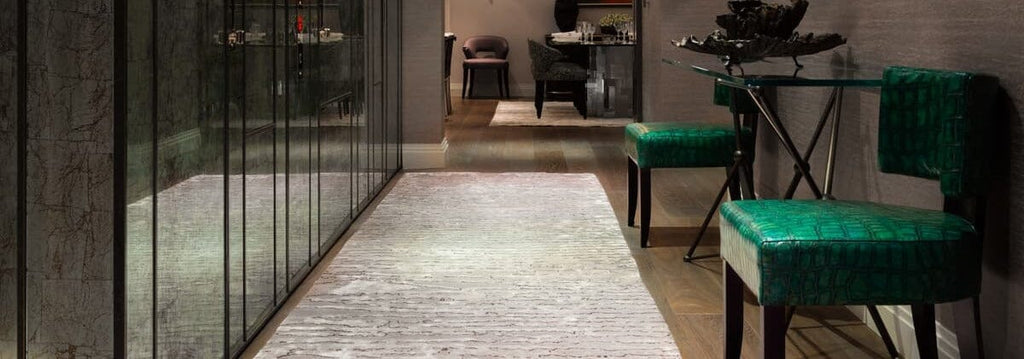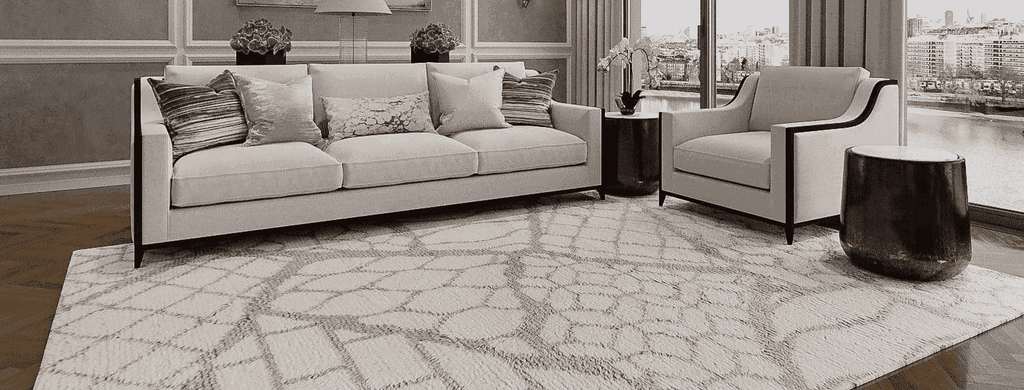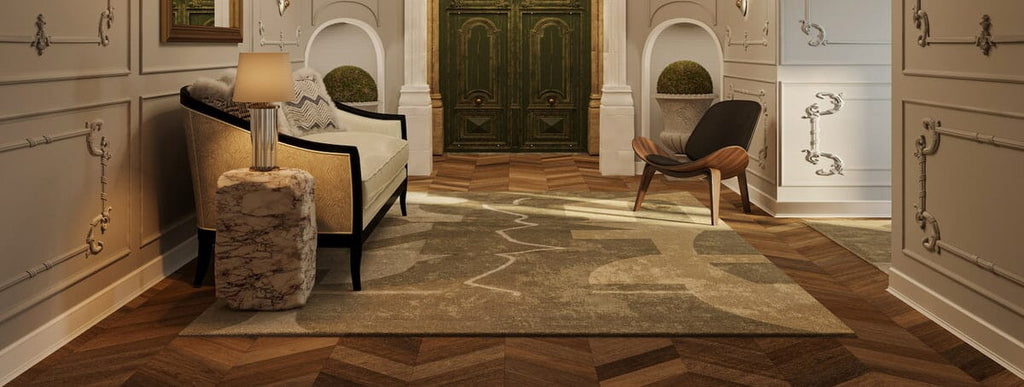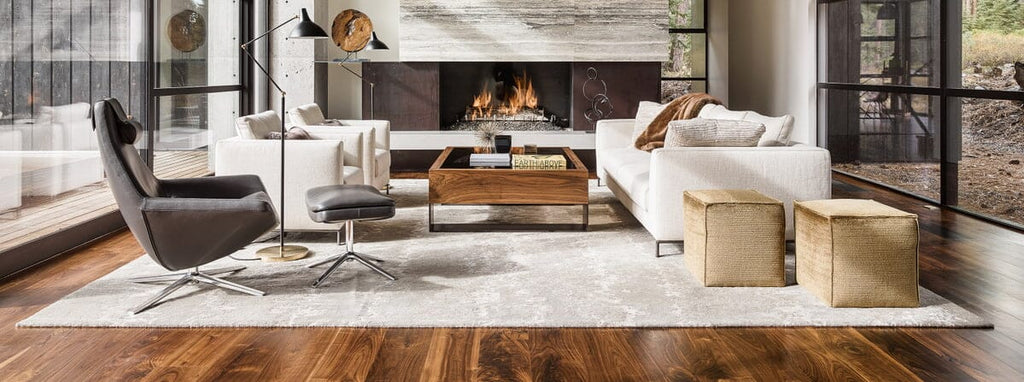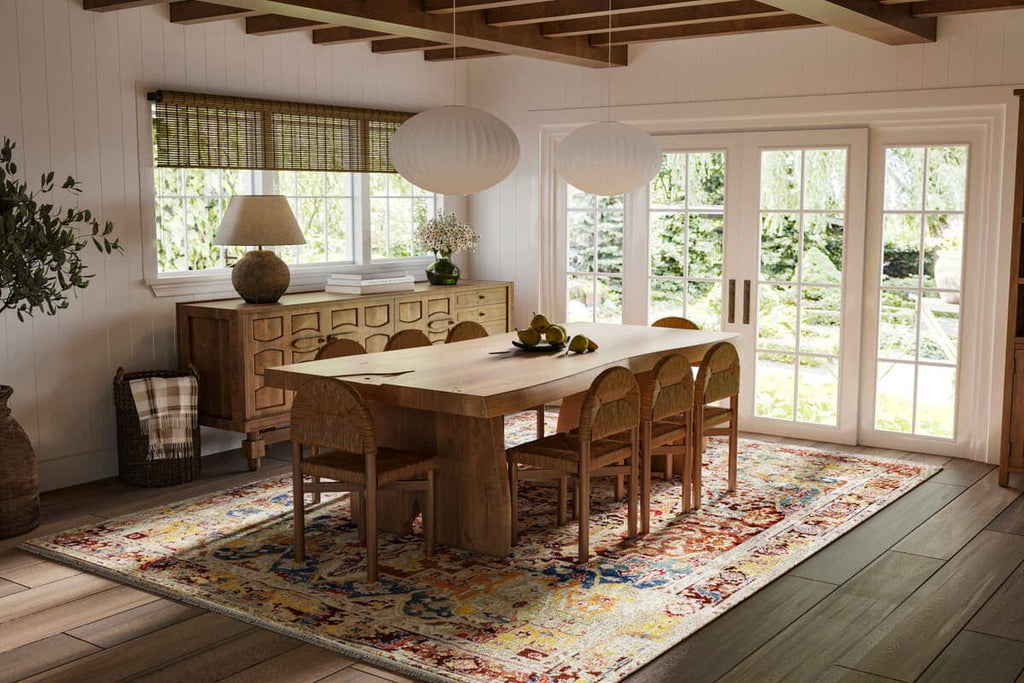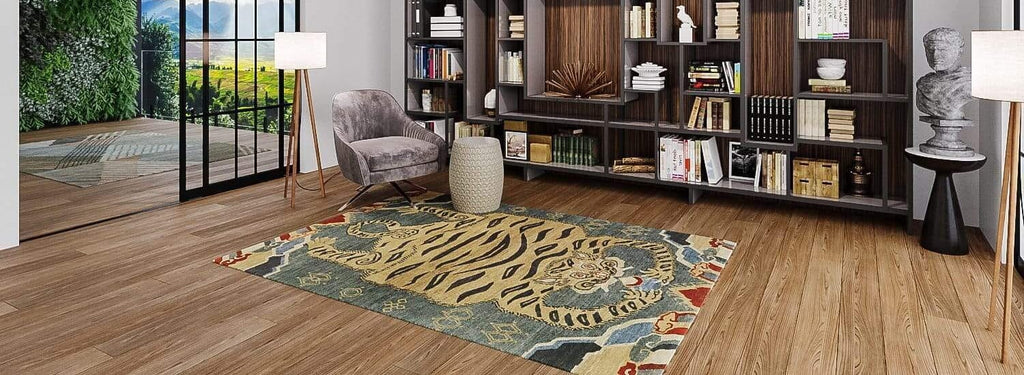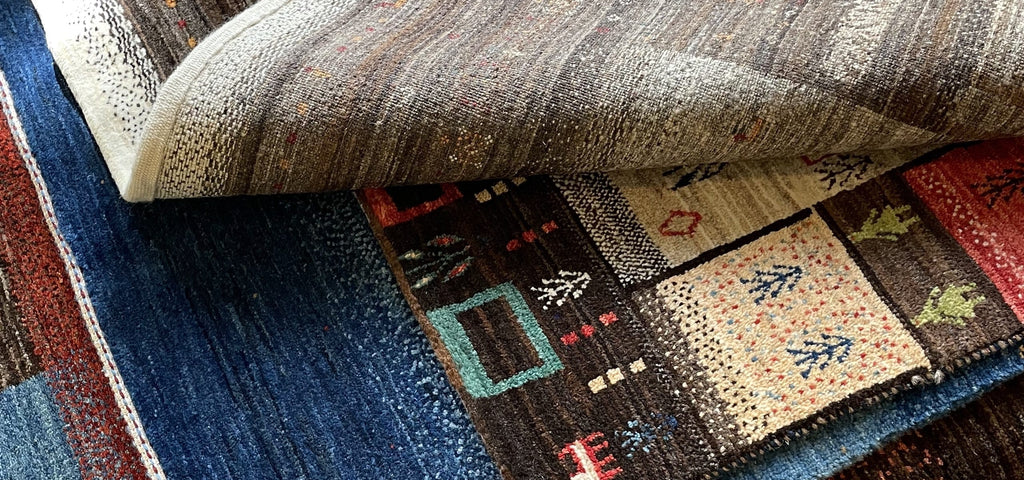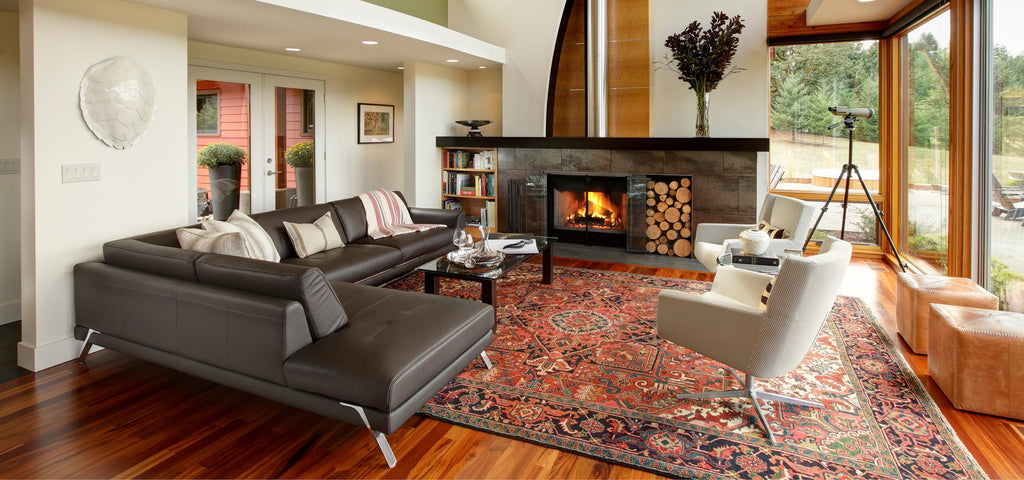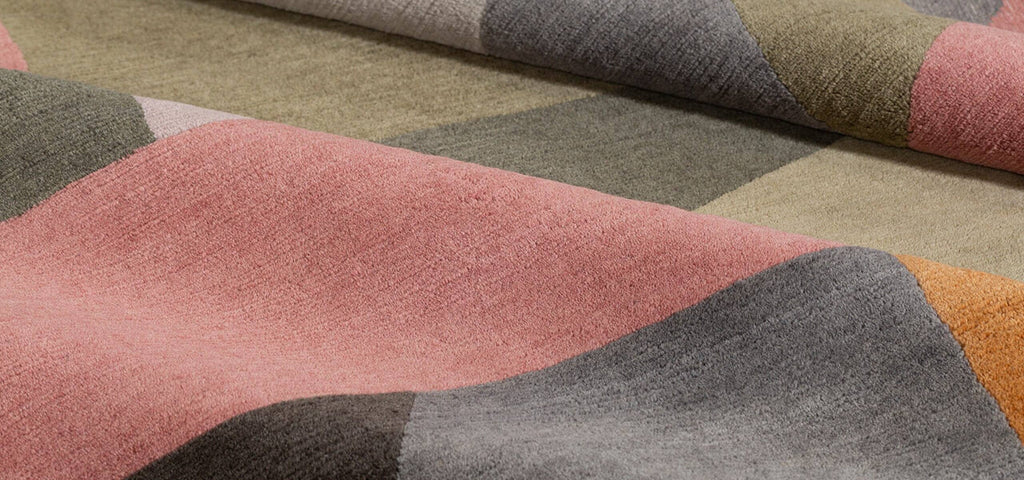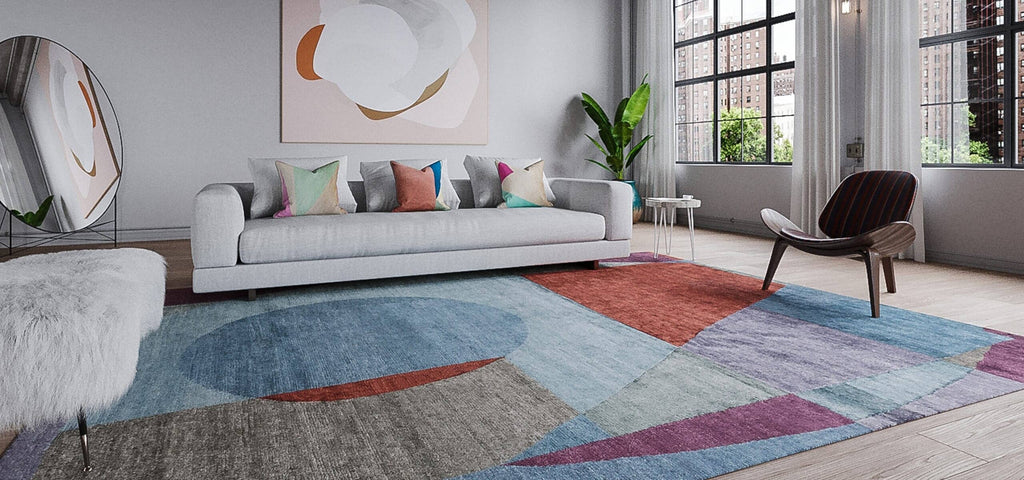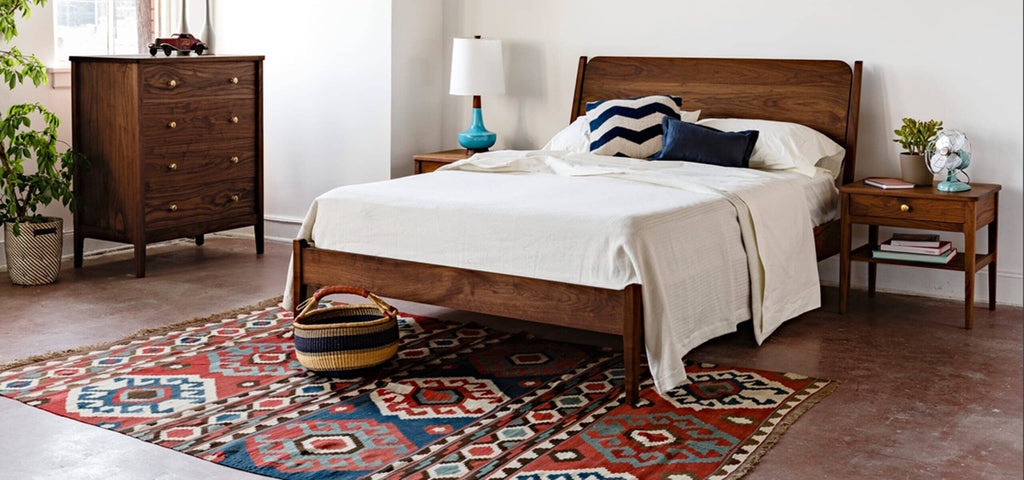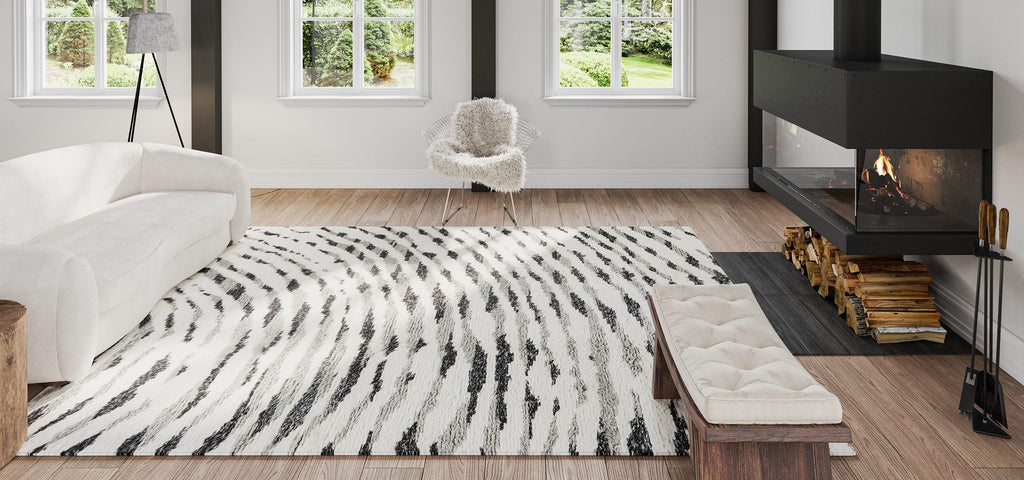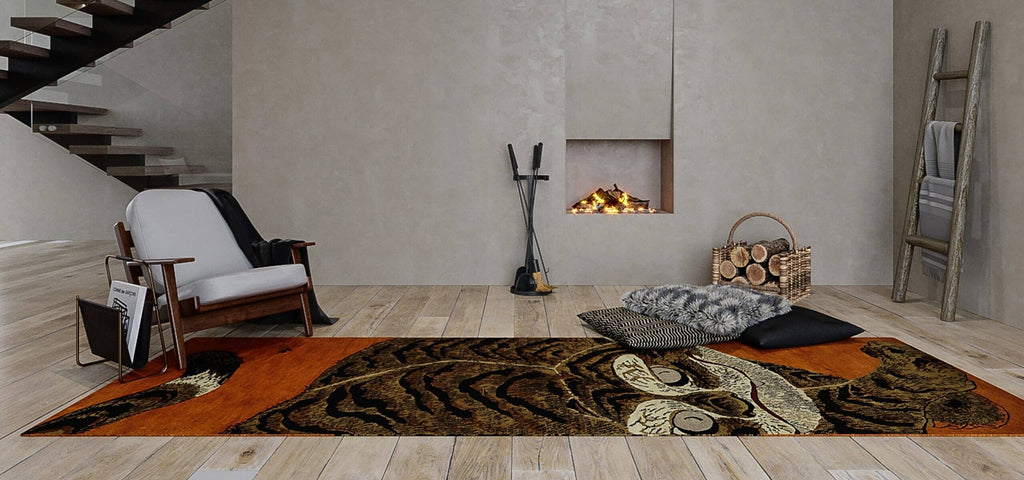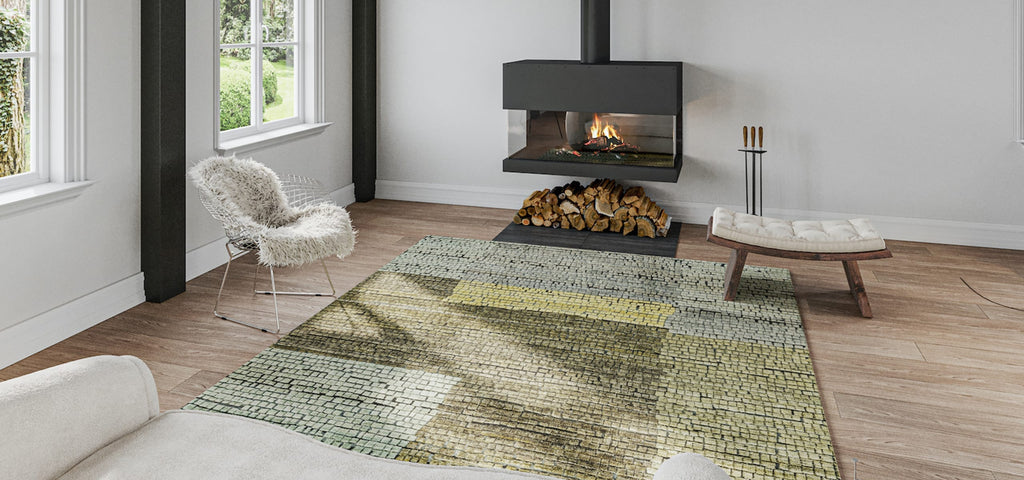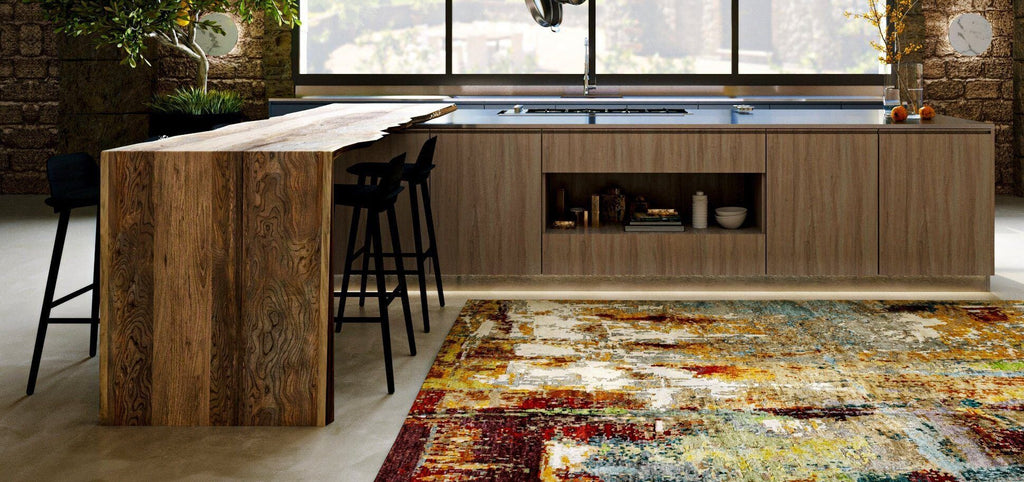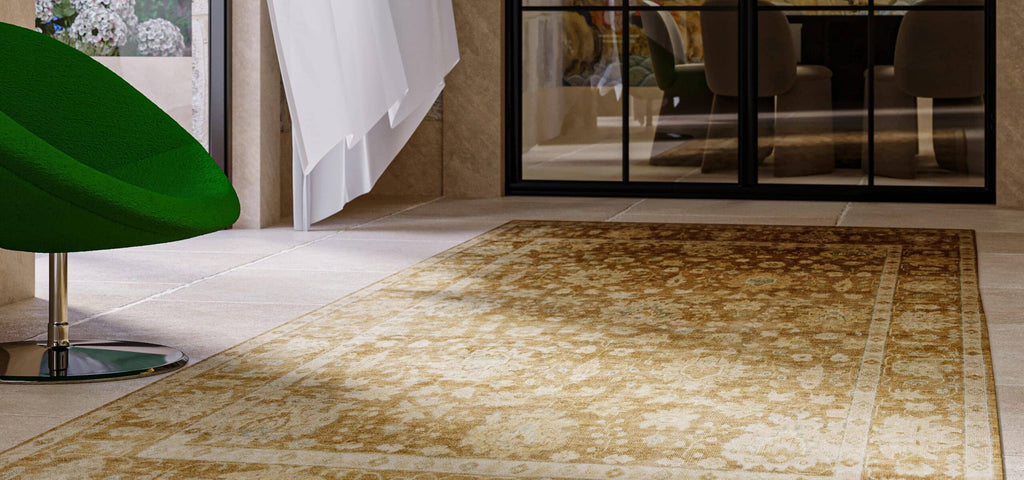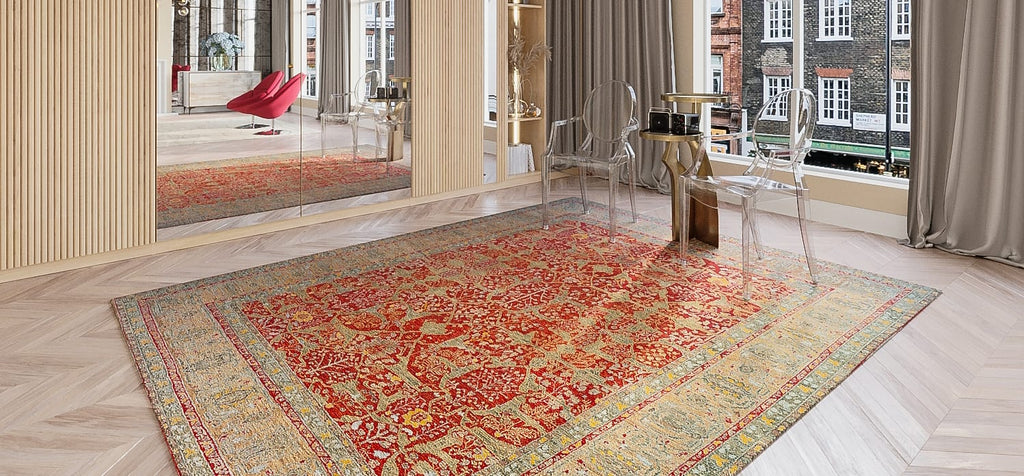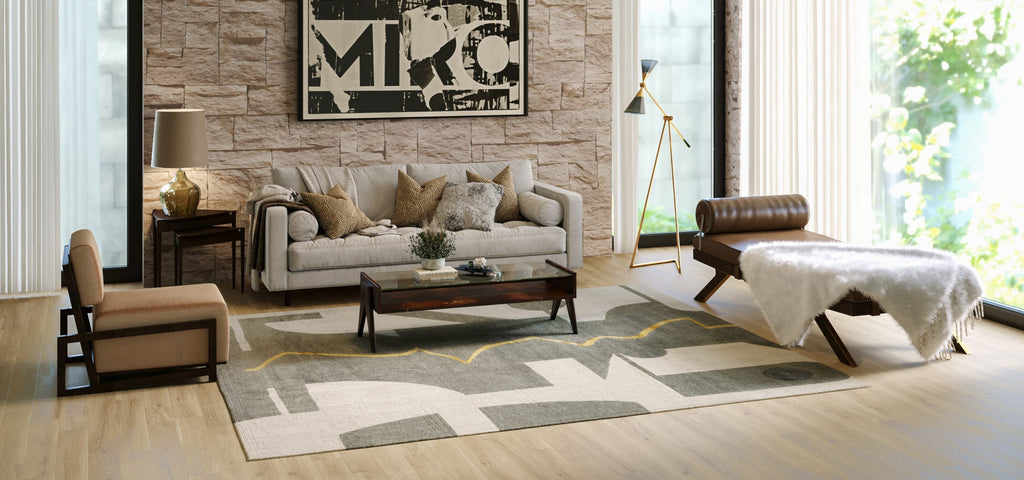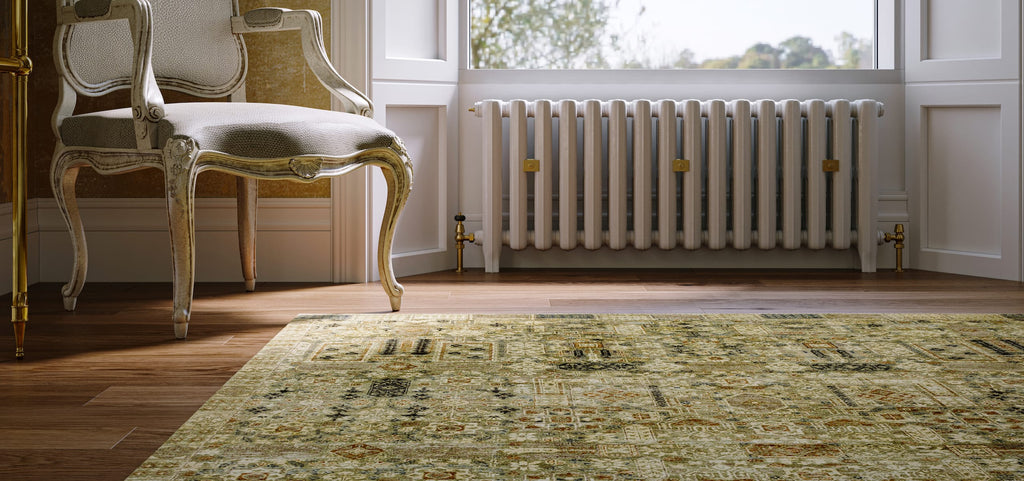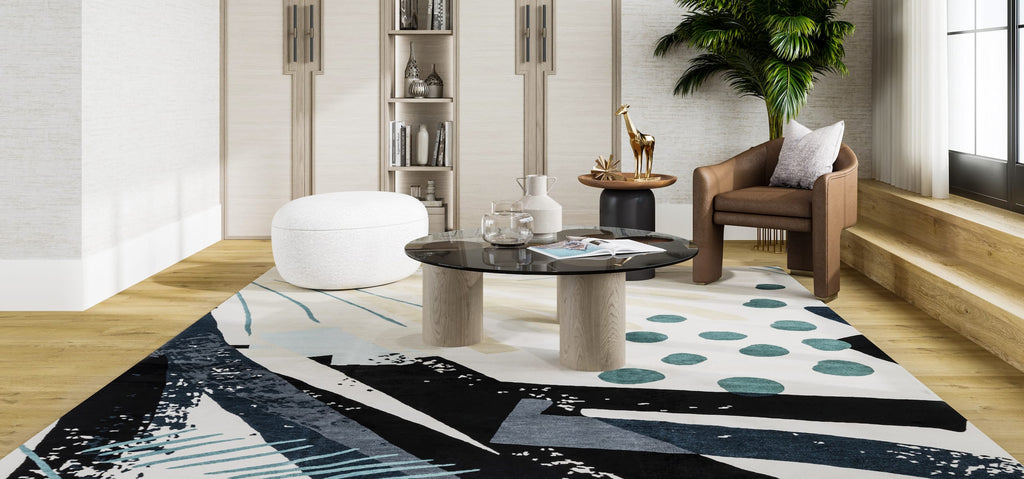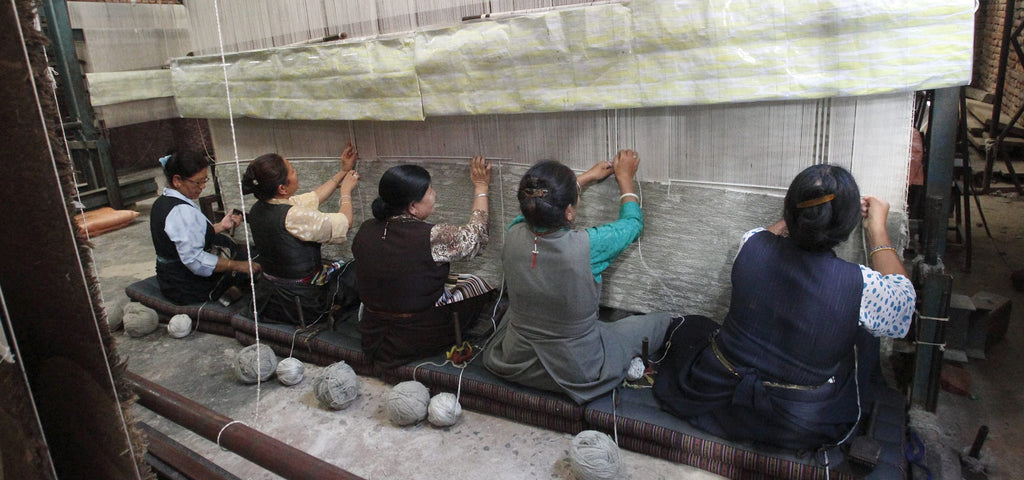To maintain the beauty of Tufenkian Carpets handmade area rugs, we recommend the following:
- Vacuum frequently with a device that has an adjustable beater bar/brush, set to the highest setting
- If spills occur, blot the liquid as soon as possible. The idea is to lift the soil or liquid, not push it into the pile of the area rug
- When there is a noticeable spot or residue, apply a modest amount of carbonated water and blot the liquid
- If a spot remains, use small amount of mild liquid soap; apply a modest amount of carbonated water and blot with a lifting motion. Repeat if needed
- If a spot still remains, contact your local certified hand-made carpet cleaning and repair company
- A note on bamboo silk: it is best to use a professional. However, in times when a quick response is needed, gently blot (do not scrub) the soiled area using a clean cloth or paper towel to absorb liquids from spills. Air dry; heat drying should be avoided
Washing
We recommend Tufenkian Rugs be washed by hand every three to six years depending on the amount of foot traffic. Our rugs should not be steam cleaned. Heat strong detergents and spotting chemicals used in steam cleaning can cause damage resulting in color run and a decreased lifespan of your textile.Padding
Carpet pads extend the life of your rug by cushioning foot traffic. Pads also provide slip protection and work as a barrier for liquid spills thereby preserving hardwood floors.Vacuuming
Weekly vacuuming is recommended to lessen the buildup of dirt particles that harm carpet fibers. When using a beater bar-style vacuum, avoid vacuuming fringes. Suction-only vacuums lessen the possibility of fringe damage, but do not remove soil as thoroughly.Storage
It is best to have oriental carpets cleaned before storing. Average house soil consists of sand, clay, carbon, starches, proteins, oils, mud, fungus, and pollen. Over time, soils can react with each other and dyes, resulting in detrimental effects. A dirty rug is also more susceptible to pest infestations such as moths, carpet beetles, and mold. Rugs should be cleaned and wrapped in a heavy, breathable product such as paper or Tyvek, with all exposed seams taped. Rugs should NOT be stored in direct contact with concrete floors or walls.


